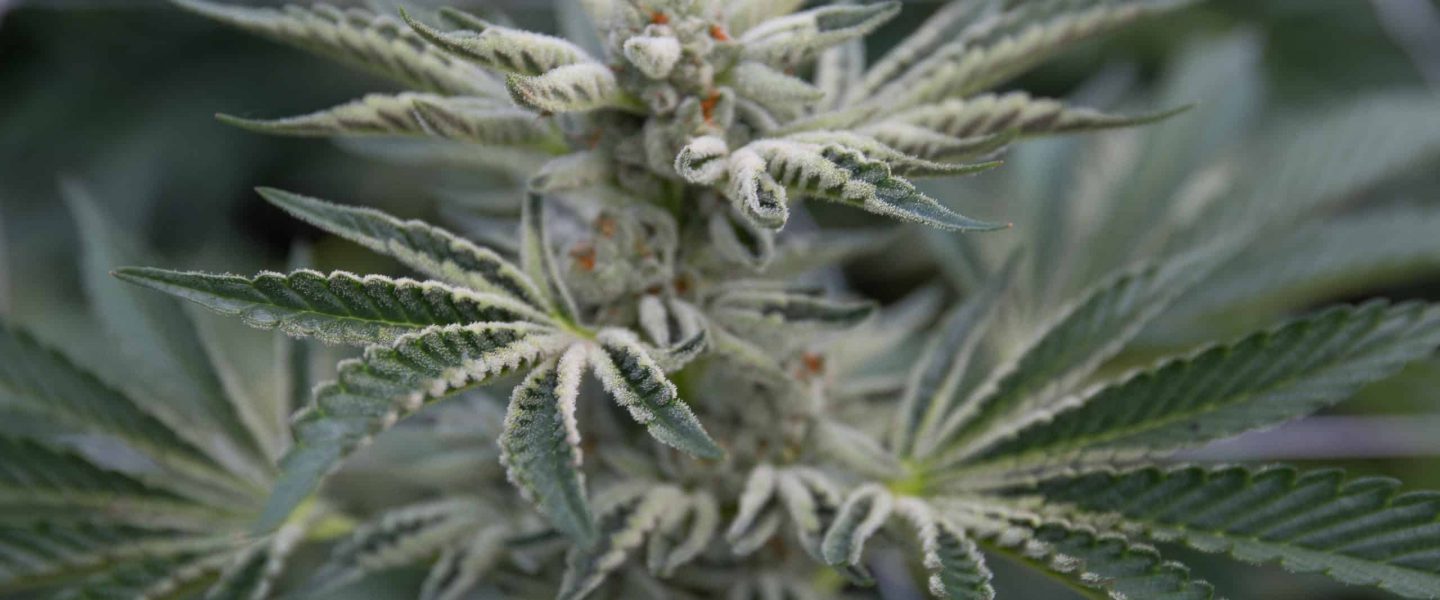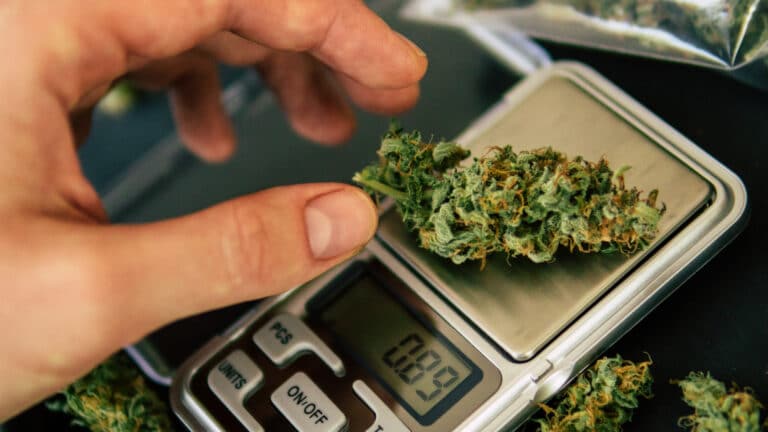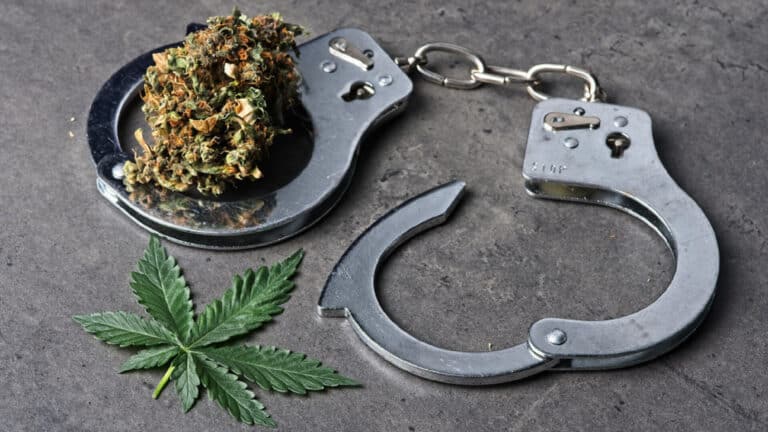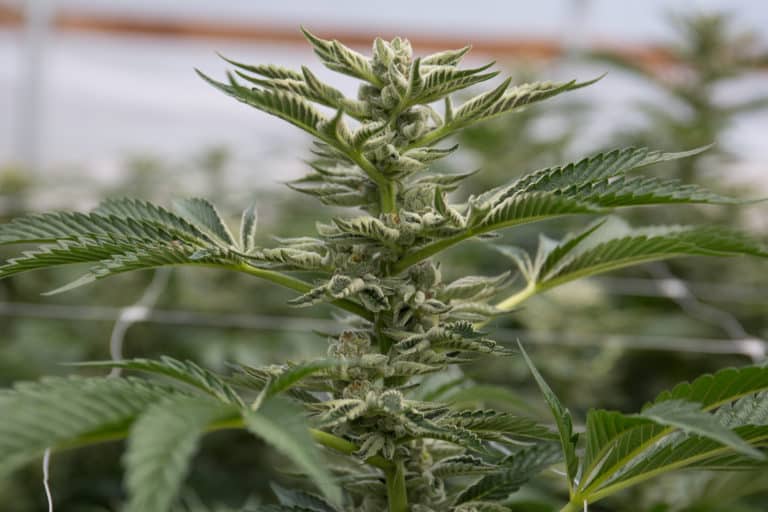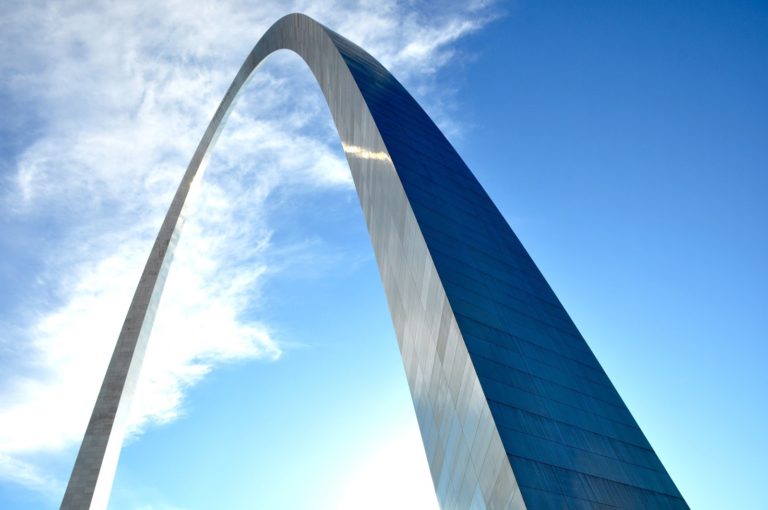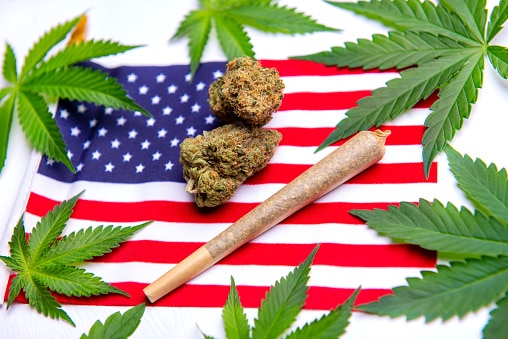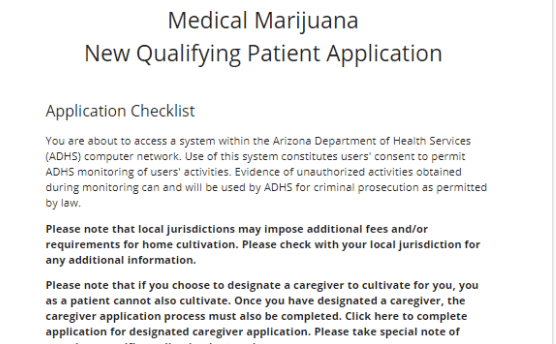The Current State of US Marijuana Legalization
Although Americans today have grown up in a political environment of oppressive federal prohibition and have been conditioned to accept this approach as the cultural norm, medical cannabis is regulated and taxed on a statewide level in 33 states as well as the District of Columbia. Additionally, 11 states regulate and tax marijuana used for recreational or adult-use purposes. Recreational marijuana sales are presently occurring in ten states which, in total, account for 27 percent of the US population. These states include:
- Alaska
- California
- Colorado
- Illinois
- Massachusetts
- Michigan
- Nevada
- Oregon
- Washington
- Maine
Comparing Legal Cannabis Sales to Black Market Sales
Generating sales of $5.8 billion-$6.6 billion in the United States, the legal marijuana market rivals Americans’ collective spending on Netflix, though the estimated total American demand for marijuana represents a market demand of $50 – $55 million. This vast difference in real consumption versus market demand can be attributed to the estimated black market cannabis currently traded. As more states continue to legalize recreational cannabis, it is likely black market profits will steadily be redirected towards legal sales, resulting in increased tax revenues. The opportunity to potentially regulate and tax a $60 billion market certainly presents a significant opportunity for states to expand their budgets and increase funding for infrastructure development, education, and programs to support those disproportionately impacted by the War on Drugs.
How Should Emerging Recreational Cannabis States Tax Product?
It is an added benefit that states recently arriving to the realm of recreational cannabis need not reinvent the wheel to regulate and tax the product effectively. Though the practice of regulating and taxing cannabis is still new to legislators, the design of emerging recreational programs can be informed and modeled by examining the lessons from those states with active markets.
As states have legalized recreational marijuana, they have created a variety of excise tax systems to tax cannabis sales: Percentage of price, weight-based, potency-based, with the majority utilizing a percentage-of-price system. For the year 2020, states were projected to collect nearly $1.8 billion in cannabis excise taxes, however these estimations predated the outbreak of COVID-19.
What is a Cannabis Excise Tax?
Put simply, “excise tax” refers to taxes imposed on the value of a product itself rather than its retail price; this is a tax separate and distinct from corporate income tax or employee income tax. A marijuana excise tax is imposed on a licensed marijuana dispensary, which must be paid to the dispensary’s state tax department. This sort of tax is not added as an individual charge or line item on a final sales receipt or invoice given to a dispensary customer. Most states also levy an additional general sales tax on the purchase of marijuana on top of the existing excise taxes, except for Alaska, Colorado, and Oregon. Neither Alaska nor Colorado levy a statewide sales tax.
What Does a Percentage-of-Price Cannabis Tax Structure Look Like?
Percentage-of-price, or ad valorem, is a form of cannabis excise tax and is similar to retail sales taxes wherein the consumer pays the tax on the retail price, which the dispensary then remits to the state. There are several states which impose their percentage-of-price on the wholesale cannabis transactions, however it is assumed this cost is actually passed onto the purchaser and is reflected in the final retail price. Additionally, some states allow localities to impose their own percentage-of-price tax—this typically has an associated maximum tax rate.
What Does a Weight-Based Cannabis Tax Structure Look Like?
Similar to how cigarettes are taxed, a weight-based system of taxing marijuana considers the physical weight of the product in imposing the tax. The difference between marijuana and cigarette weight-based taxes is that the weight of the entire pack of cigarettes dictates the tax while cannabis weight-based taxes consider the weight of the marijuana product itself. It is typical for states observing this tax structure on cannabis to set specific rates for different marijuana products, such as how California has implemented a tax of $1.35 per ounce of fresh cannabis material, a $2.87 per ounce tax on cannabis leaves, and a $9.35 per ounce tax on the cannabis buds. Similar to percentage-of-price, it is assumed the majority of this cost is passed on to the purchaser and is reflected in the final retail price.
What Does a Potency-Based Cannabis Tax Structure Look Like?
While a weight-based tax on cannabis is comparable to cigarette taxes, a potency-based tax on cannabis resembles the potency tax levied on alcohol. This structure is currently only employed by Illinois, and the state taxes marijuana products with a 35% THC content or lower at a rate of 10 percent of the final retail price and products with THC levels of higher than 35% at 20 percent of the final retail price. Similarly, all edibles and marijuana-infused products are taxed at a rate of 20 percent of the retail price.
[$51.21 per capita] Washington: Percentage-of-Price [$390 million]
Washington was the second state following Colorado to introduce regulated sales and collects the greatest amount of tax revenue per capita. After voters passed Initiative 502 in 2012, sales began in 2014, and Washington now imposes a 37 percent tax on retail sales. This structure replaces the previous tax tiers: 25 percent tax rate on the value of cultivator sales to processors, 25 percent imposed on processor sales to dispensaries, and 25 percent imposed on all retail sales. However, this form of tax pyramiding caused what Washington considered a problematic tax strain, and they opted for the increased retail sales tax rate.
In Fiscal Year 2019, Washington collected recreational marijuana tax revenue amounting to $390 million. Of the funds generated, 40 percent goes to the state general fund as well as local budgets while the remainder is allocated for substance abuse prevention, research, education, and healthcare.
[$43.7 per capita] Colorado: Percentage-of-Price [$252 million]
After voters in Colorado passed Amendment 64 to legalize recreational marijuana in 2012 and Proposition AA to establish marijuana taxes in 2013, retail sales officially began in 2014, making the state the first recreational cannabis market in the US. Colorado imposes a 15 percent wholesale excise tax in addition to a 15 percent retail excise tax, though it does exempt recreational marijuana from its general sales tax, a change that was implemented in 2017.
In instances of wholesale marijuana being sold on the spot market, or without a contract, as well as transferred through vertically integrated operators, the product faces a wholesale tax which is determined by the quarterly updated Average Market Rate per pound. This technically means Colorado’s taxation structure for cannabis is not a pure percentage-of-price system. According to a report commissioned by the Colorado Department of Revenue,the legal market had effectively squashed the black market in Colorado. In spite of this, law enforcement expresses significant concern about the efforts of organized crime groups to illegally export product to neighboring states and beyond.
$40 million of revenue generated from the wholesale excise tax is dedicated to support school construction along with added revenue to the public school fund.The tax dollars collected at the retail level excise tax is distributed amongst the Department of Education, the general fund, and to the Marijuana Tax Cash Fund.
[$32 per capita] Nevada: Percentage-of-Price [$99 million]
Nevada voters approved Question 2 in November 2016 to legalize recreational marijuana, with sales beginning in 2017. Nevada implements a 15 percent excise tax on the first wholesale sale of marijuana based on a predetermined Fair Market Value. In addition to this, recreational marijuana sales are subject to Nevada’s state sales tax as well as a 10 percent tax levied at the retail level.
The revenue generated from the wholesale tax is directed to Nevada schools once program expenses are covered. The funds from the retail tax are allocated to the state’s rainy day fun.
[$24.18 per capita] Oregon: Percentage-of-Price [$102 million]
Oregon saw recreational marijuana sales begin in October 2015 following the successful passage of Measure 91 by voters in 2014. Oregon imposes a harvest tax on cultivators at a rate of $35 per ounce of buds, $10 per ounce of leaves, and $5 for each immature plant. Additionally, legislators placed a 17 percent tax on recreational marijuana costs at the retail level and allow localities to levy their own additional 3 percent tax.
[$16.6 per capita] Alaska: Weight-Based [$12.15 million]
Alaska voters approved Ballot Measure 2 in 2014 to legalize marijuana for recreational purposes and saw retail sales begin in October of 2016. Alaska levies a weight-based excise tax on cultivators of marijuana such that mature flower is taxed at a rate of $50 per ounce, immature flower at $25 per ounce, trim at $15 per ounce, and clones at $1 each. Localities are also able to impose an excise tax on retail sales. Tax revenue generated in Alaska is dispersed as follows: 50 percent of collections to the Department of Public Safety, Health and Social Services, and Department of Corrections, 25 percent to the Marijuana Education Fund, and 25 percent to the general fund.
It is important to consider that Alaska is one of three states not to impose a statewide sales tax on cannabis and is the only state to implement a pure weight-based taxation system for cannabis. There are benefits to this specific excise, specifically for tax collectors, as this method ensures a higher level of stability and is simpler than a percentage-of-price, or ad valorem.
Despite this benefit, Alaska’s specific price-per-weight tax structure has added strain on its cannabis businesses because the tax rate inherently acts as a price floor. This is largely due to a reliable wholesale cannabis price decrease that is evident in any state’s cannabis market as it matures. In terms of percentage of price, as the average price of wholesale cannabis falls, cultivators see a relative tax increase. To illustrate this dilemma, the excise tax in 2016 equaled a tax rate of approximately 20 percent on the average ounce of wholesale flower priced at $250. However, three years later, in 2019, the price per ounce dropped from $250 to $145 per ounce, effectively causing the tax rate to inflate to 35 percent. Prices have increased since this point.
Alaska’s Department of Revenue estimated marijuana revenue had generated between $5.1 million and $19.2 million per year, taking into account enforcement and regulatory costs of between $3.7 million and $7 million. In Fiscal Year 2019, Alaska collected $19.2 million in tax revenue after seeing a growth in revenue of 173 percent compared to the previous Fiscal Year
[$3.19 per capita] Massachusetts: Percentage-of-Price [$22 million]
In 2016, Massachusetts voters passed Ballot Question 4 which legalized recreational marijuana, seeing sales begin in November of 2018. The state imposes a 10.75 retail excise tax, and additionally, marijuana products receive the general 6.25 sales tax as well as an option for local governments to impose a tax rate up to 3 percent. Revenue generated through the general excise tax is directed to the Marijuana Revenue Fund, and, after program expenses, funds are allocated to supporting substance abuse prevention, public safety, awareness campaigns, and youth education programs. Additionally, one of the primary aims of the program is to assist those communities most disproportionately impacted by cannabis prohibition.
[$7.85 per capita] California: Mixed Structure (Percentage-of-Price + Weight-Based) [$310 million]
In 2016, Californians voted to pass Proposition 64 with 57 percent ‘yes’ votes to regulate recreational marijuana sales. Today, recreational marijuana sales are taxed at a rate of 15 percent of the retail value while cultivators pay a wholesale tax of $9.65 per ounce of flower, $2.87 per ounce of leaves, and $1.35 per ounce for fresh cannabis plants. Unlike Alaska, California indexes its specific wholesale rates to inflation and also imposes a general sales tax. Tax dollars generated from the wholesale level excise tax are allocated for regulatory costs and research, and of the remaining portion amounting to approximately $200 million, 60 percent goes to youth anti-drug programs, 20 percent goes to environmental programs, and 20 percent goes to public safety grants.
One differentiating factor of California’s tax structure is that the retail value is calculated at the wholesale level. The specific rates on wholesale are indexed to inflation, however these rates are calculated by the California Department of Tax and Fee Administration based on the Average Market Price (AMP). This aspect has been the subject of much criticism because the AMP value is determined by marking up the actual wholesale value by 80 percent, and many retailers claim this is an unreasonable and undue financial burden that should be distributed more equitably between retailers and cultivators. These complaints are accompanied by calls for lower tax rates in general, and it is worth noting that localities also impose their own taxes on California marijuana sales in addition to the state’s 7.25 percent general sales tax.
It is not completely surprising that last year, California’s legal marijuana sales were outpaced by black market sales at a rate of nearly 3 to 1.
[$2.21 per capita] Illinois: Potency-Based [$28 million] *Sales began 2020
Illinois passed the Illinois Cannabis Regulation and Tax Act in May of 2019, making history as the first state to legalize cannabis through its legislature. Sales began in January of this year, and dispensary sales of recreational marijuana amounted to nearly $110 million in the first quarter. Illinois is the only state to utilize a potency standard for imposing taxes; retail cannabis products with a THC rate of less than 35 percent receive a 10 percent tax on the product value while products with a THC rate higher than 35 percent are taxed at 25 percent of the retail value, and infused products are taxed at 20 percent of the retail value.
Additionally, at the wholesale level, the state imposes a seven percent tax on the value of the product along with levying the general sales tax and also allowing localities to impose an additional tax of up to three percent.
35 percent of tax dollars generated goes to the general fund, 25 percent is allocated to the Illinois; Recover, Reinvest, and Renew Program, 20 percent goes to substance abuse and mental health services, 10 percent for paying state bills, 8 percent for local government, and 2 percent for public education.
[$.15 per capita] Michigan: Percentage-of-Price [$1.5 million]*Sales began 12.19
Michigan voters passed recreational marijuana with Ballot Proposal 1 in November of 2018, and sales began in December of 2019. One noteworthy aspect of Michigan’s cannabis tax framework is that its excise tax rate on retail sales is the lowest of any nationwide. Michigan also employs a general sales tax of 6 percent and has already seen a near 10 percent drop in median retail cannabis flower prices since sales began in December.
The generated revenue will be allocated to medical marijuana research and account for $20 million in the first two years and the remaining collection distributed amongst townships, cities, and villages; counties; Michigan’s School Aid Fund, and the Michigan Transportation Fund.
Wrapping Up
As states’ recreational marijuana programs mature and consumers see prices decline, it will likely be advantageous for regulators to revisit and restructure taxation mechanisms to accommodate for changes to market behaviors such as we’ve seen in states like Colorado. It is also necessary to consider the impact a constraining tax code on marijuana can have for a legal market seeking to mature. When you take the examples of Colorado, Oregon, and Washington, they have largely eliminated the consumption of black market sales within the state while also generating the revenue necessary to maintain administrative capabilities over the program. Callifornia has seen regulated sales be far outpaced by black market sales, and this is likely in part due to the increased tax burden passed along to consumers.
An important job for lawmakers in designing the tax code here is to carefully think through these three primary modes of levying taxes on recreational marijuana and marijauna products. In the case of percentage-of-price, or ad valorem, there is a simple transactional valuation, though vertically integrated operators should be considered here, there is not always a transaction when product moves through the pipeline. A potential solution implemented by Colorado and Nevada has been to base their percentage-of-price tax on a fixed rate and weight. The main consideration with percentage-of-price taxation is that state revenues can begin to diminish as the price of marijuana drops with market maturity.
Weight-based taxes are definitely not as simple as percentage-of-price structures, but they do protect collections against being impacted by falling cannabis prices.
It will be interesting to see how Illinois’s potency-based taxation structure compares. Though more similar to a percentage-of-price structure, an issue with the concept of taxation based on potency is that the only cannabinoid considered in potency testing is THC. There are a whole array of cannabinoids and terpenes which also impact user experiences not accounted for in this formulation.
The marijuana industry is still at very early stages, and time will tell which taxation structures prove themselves most efficient and profitable.


